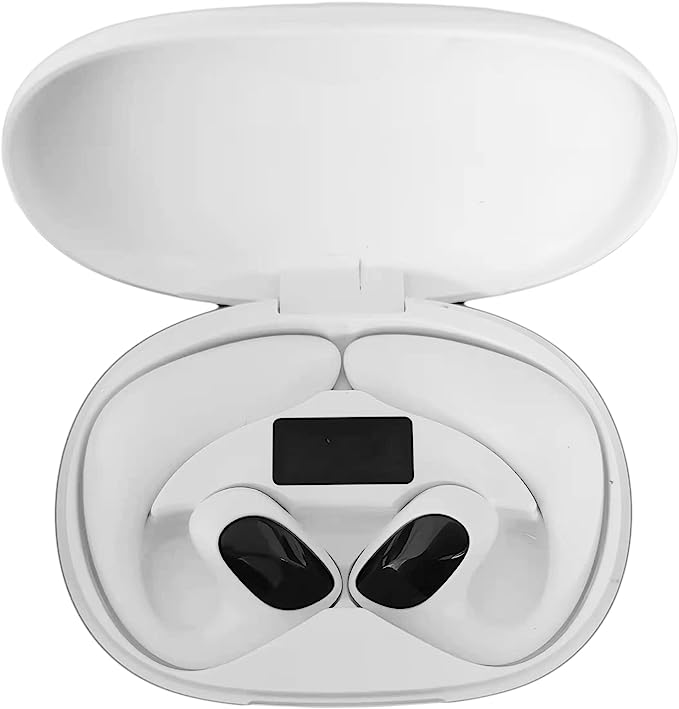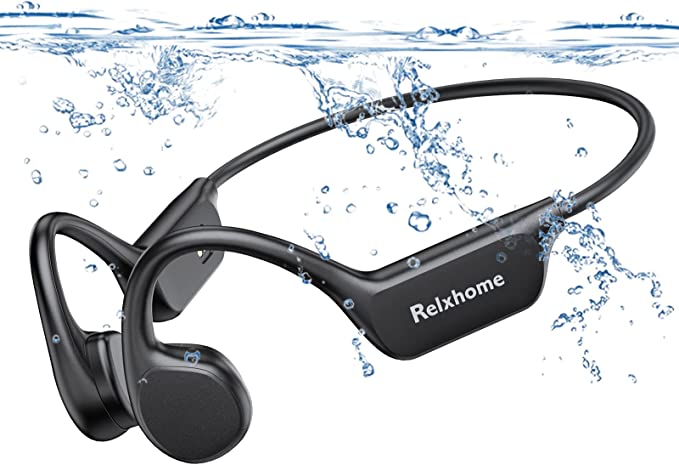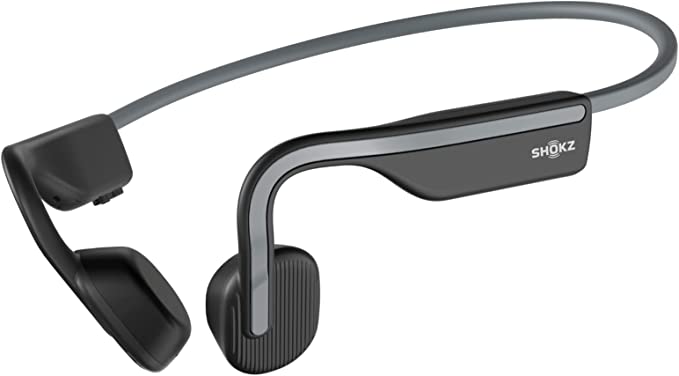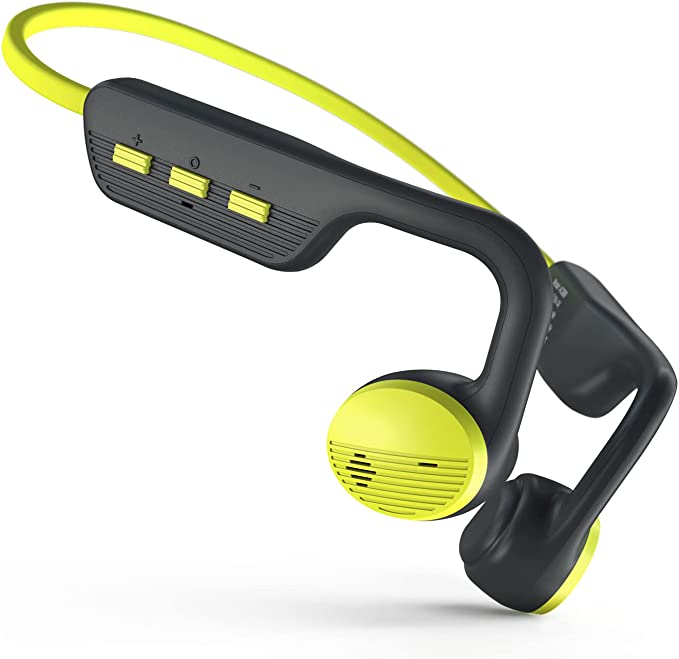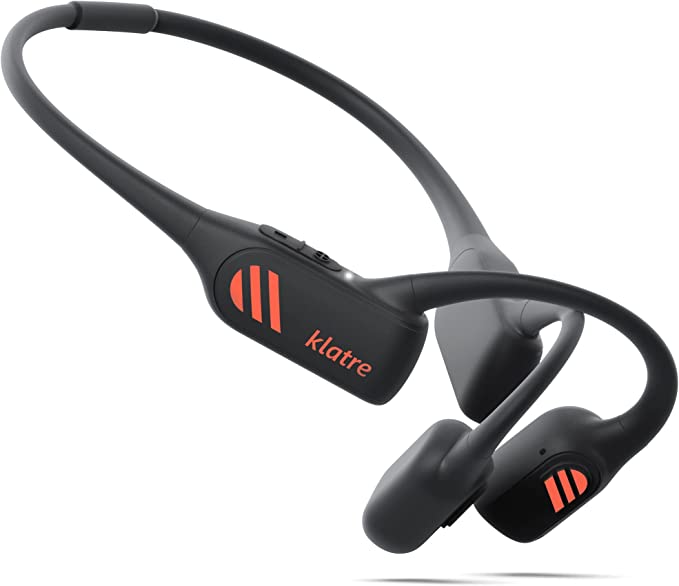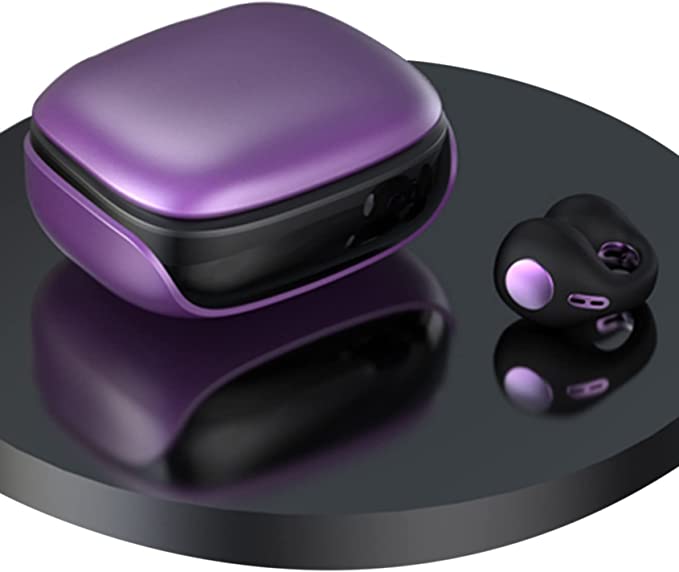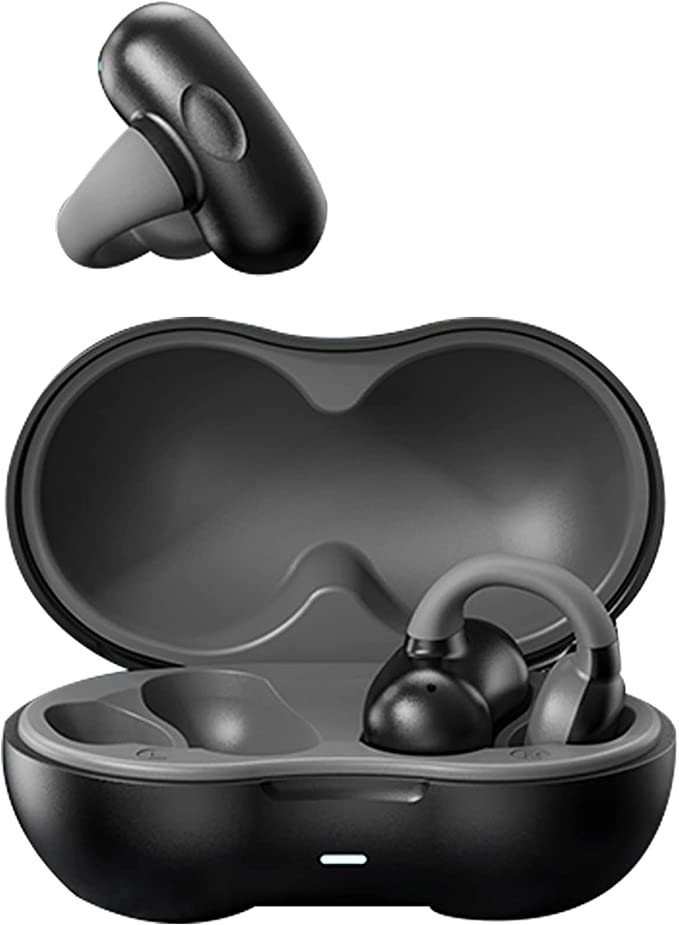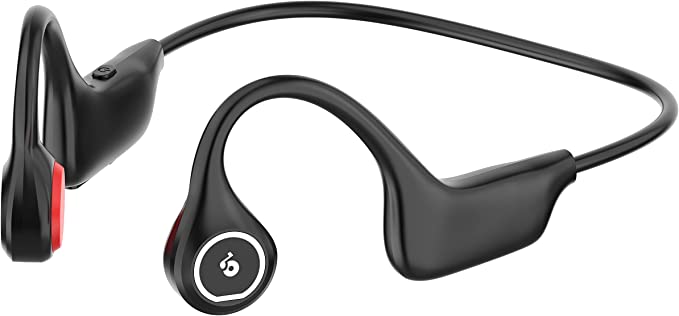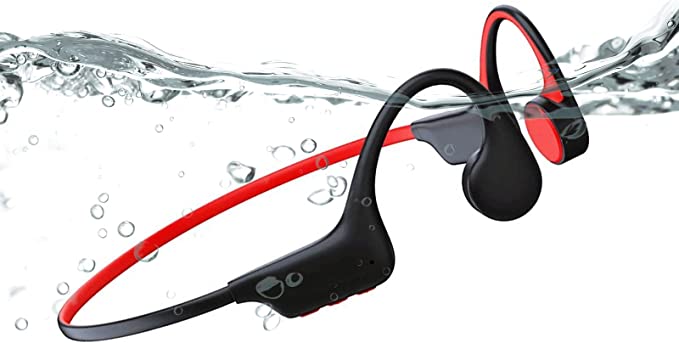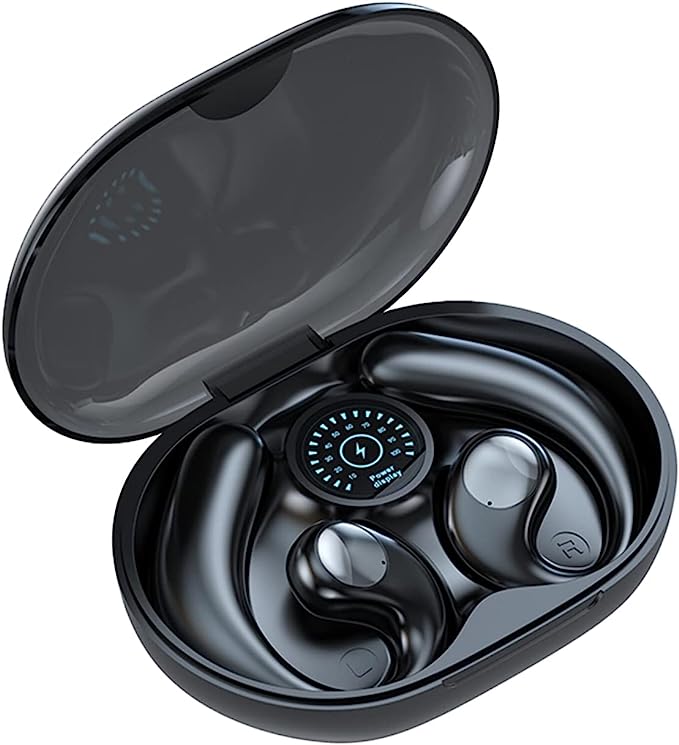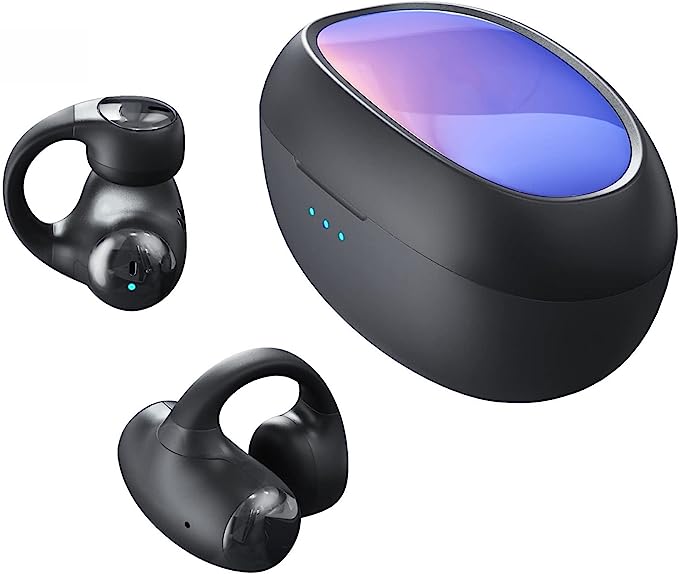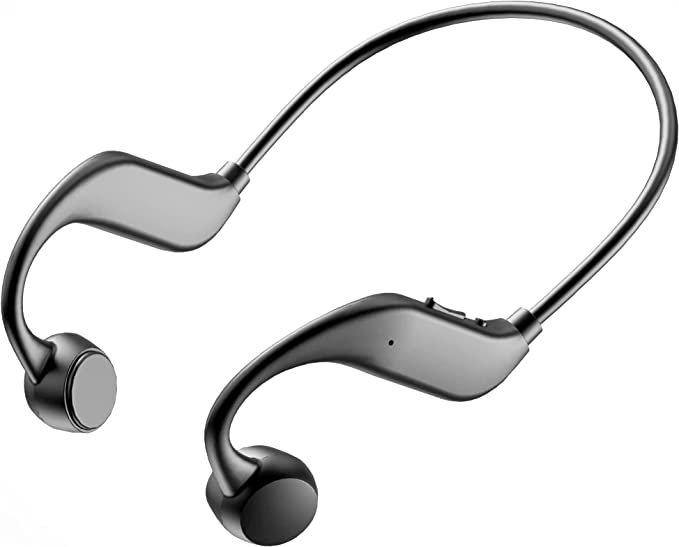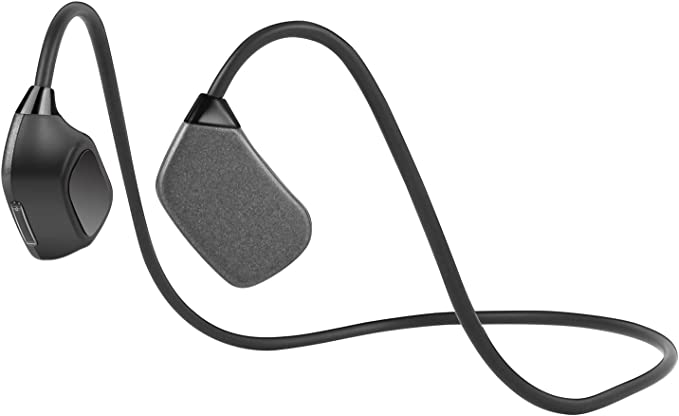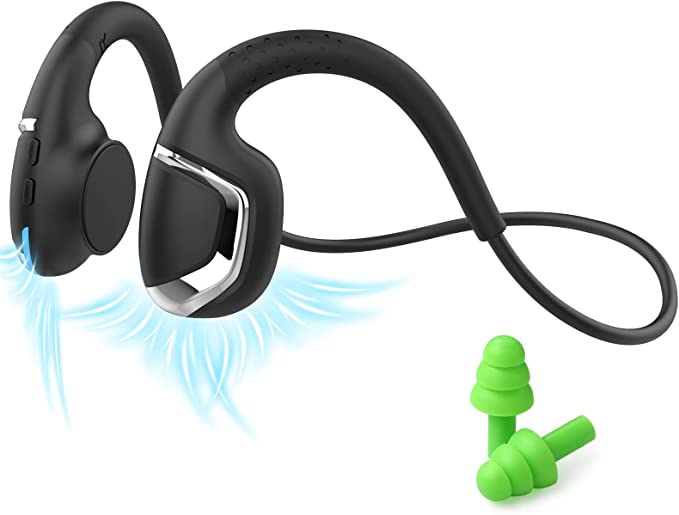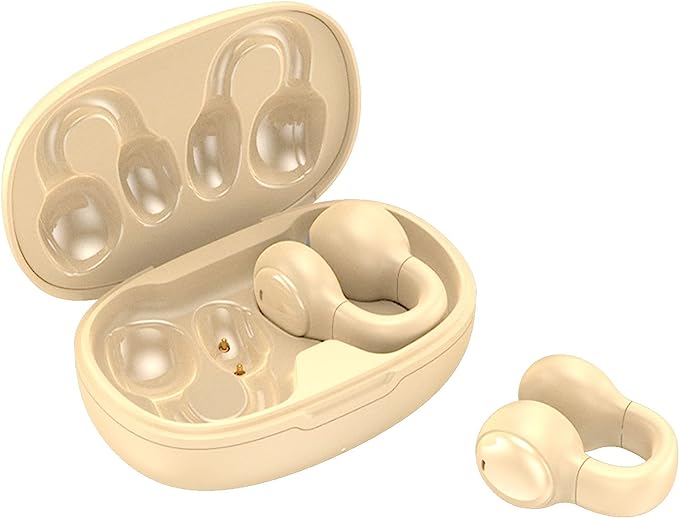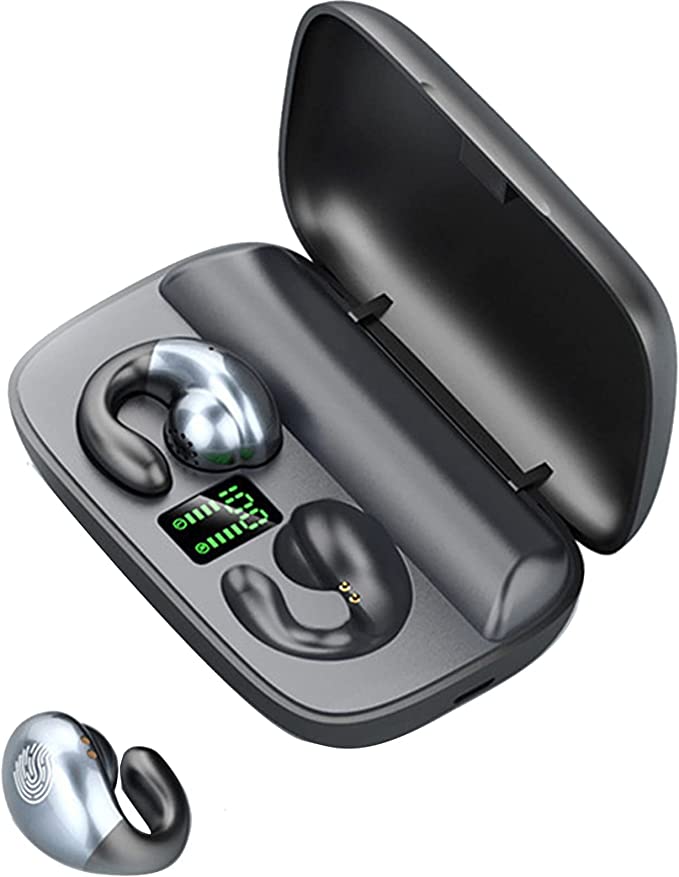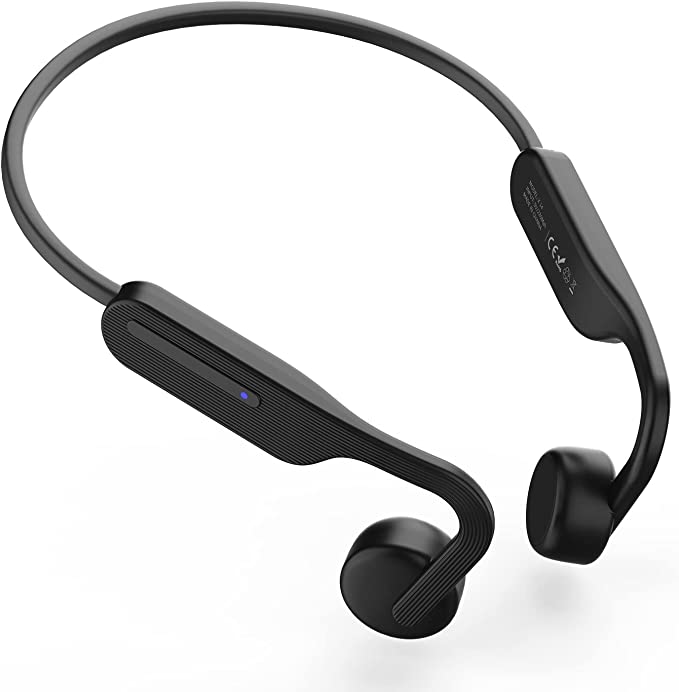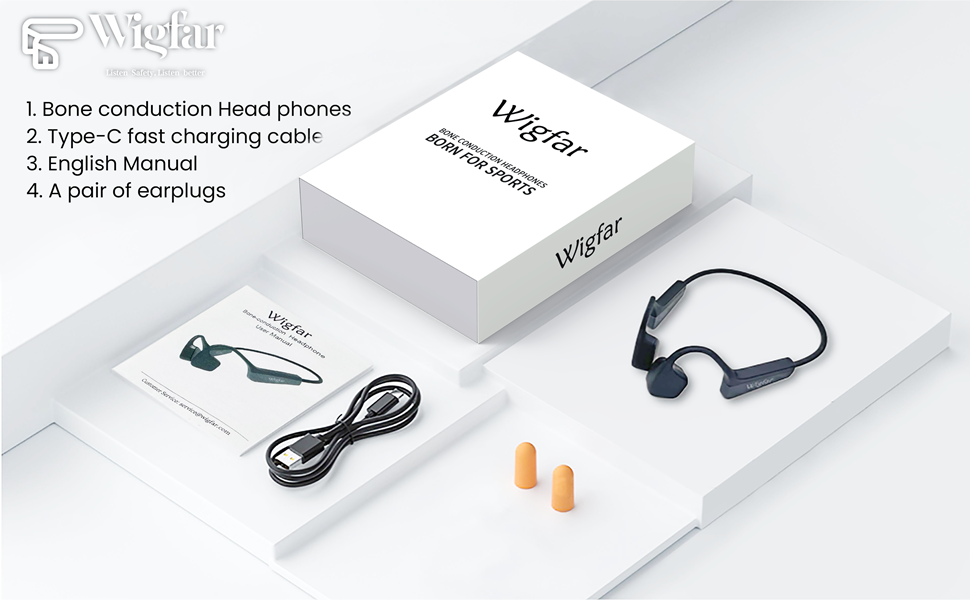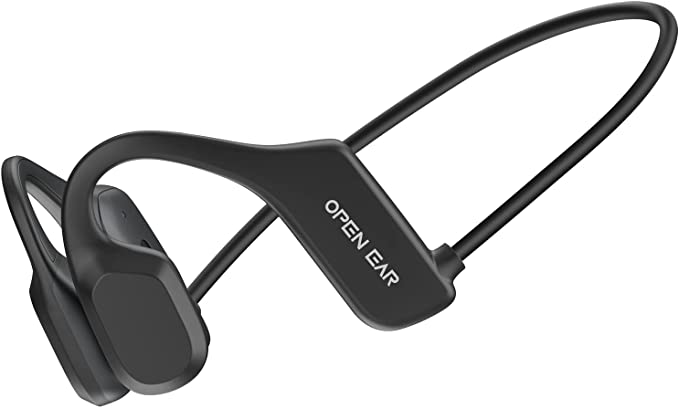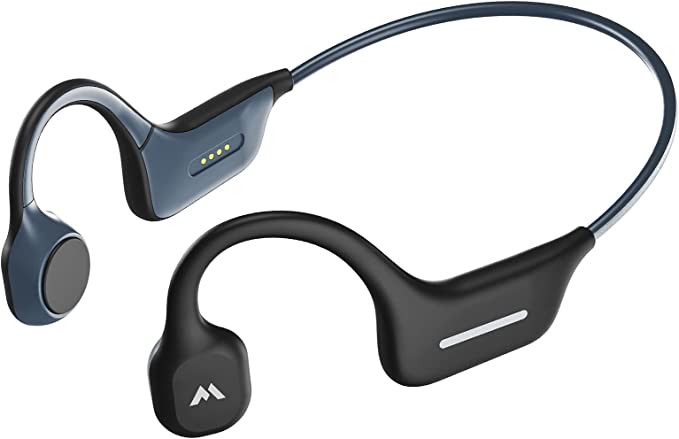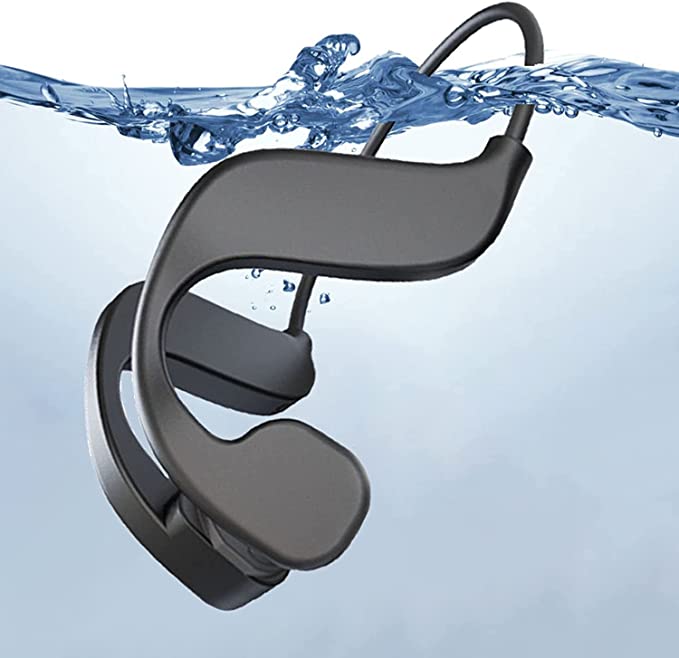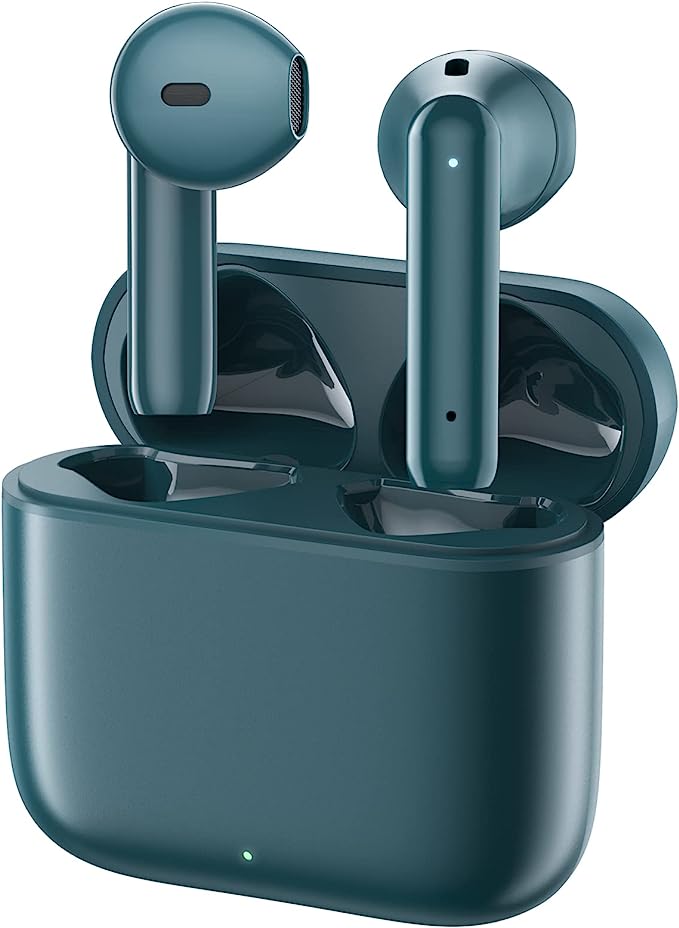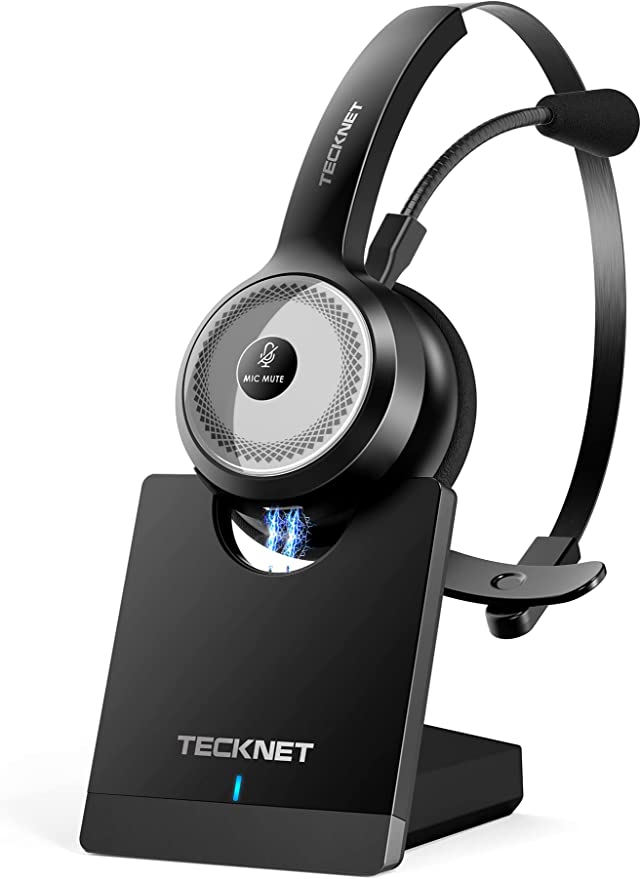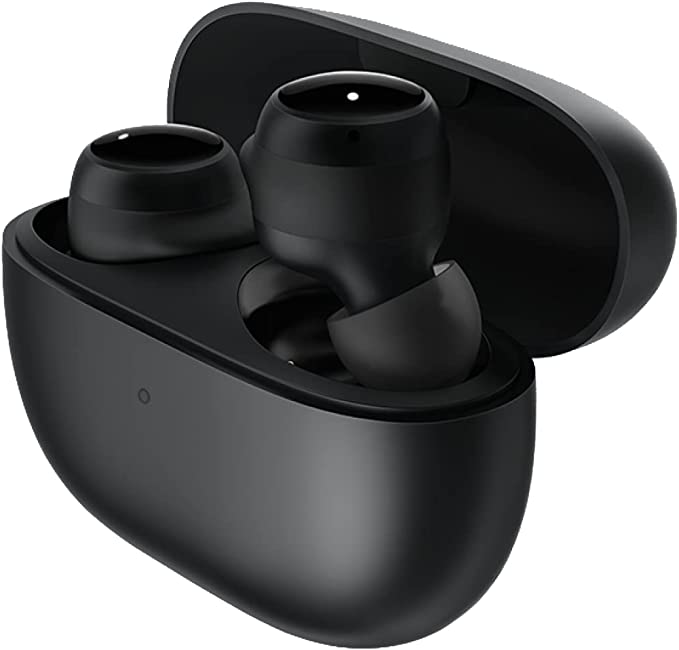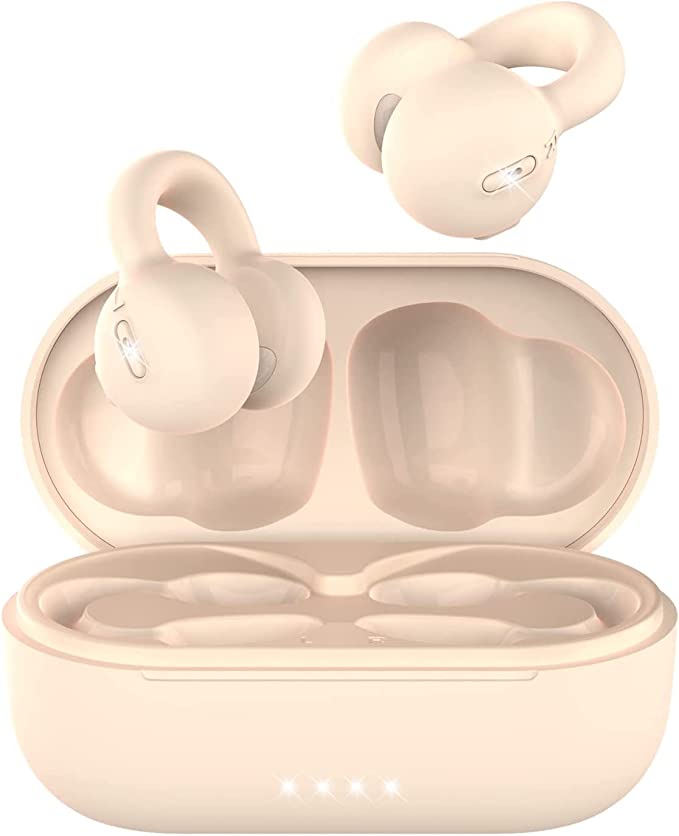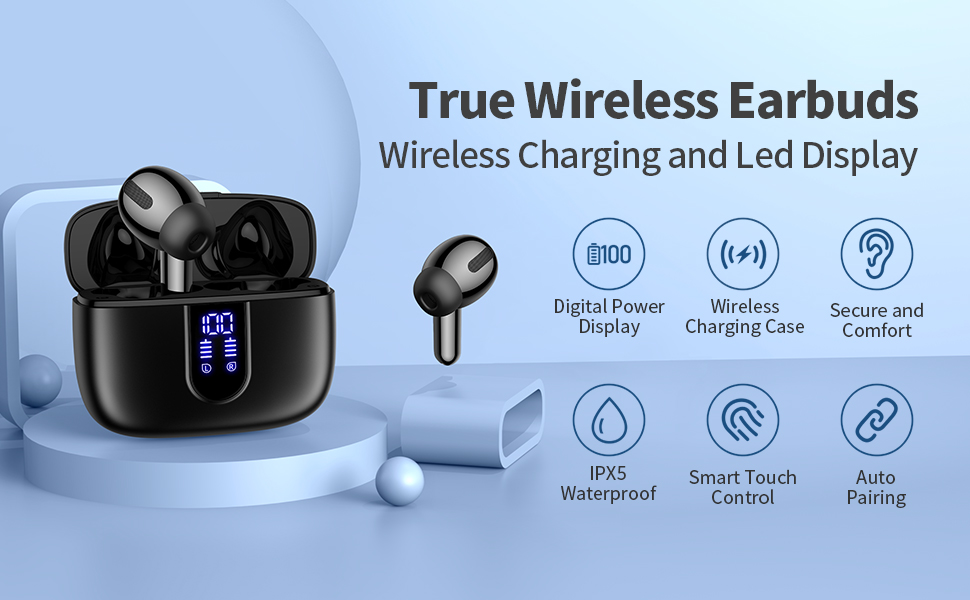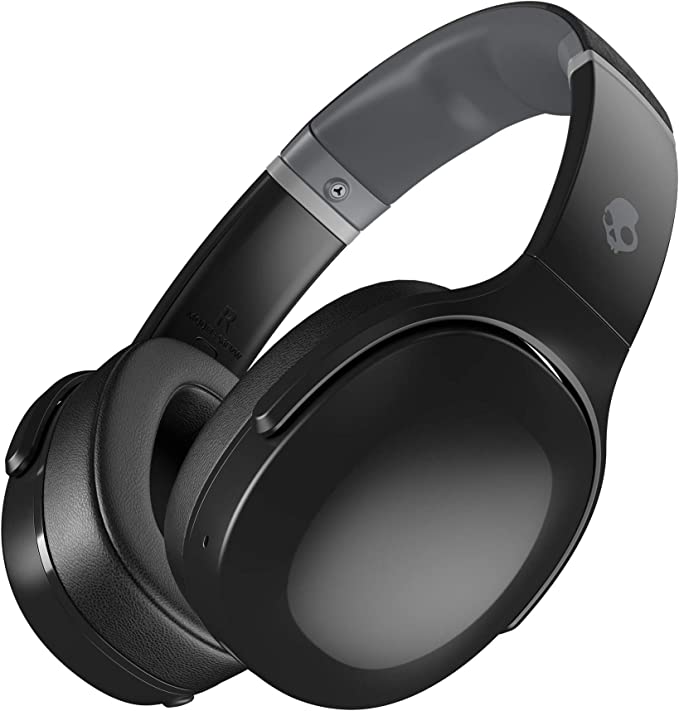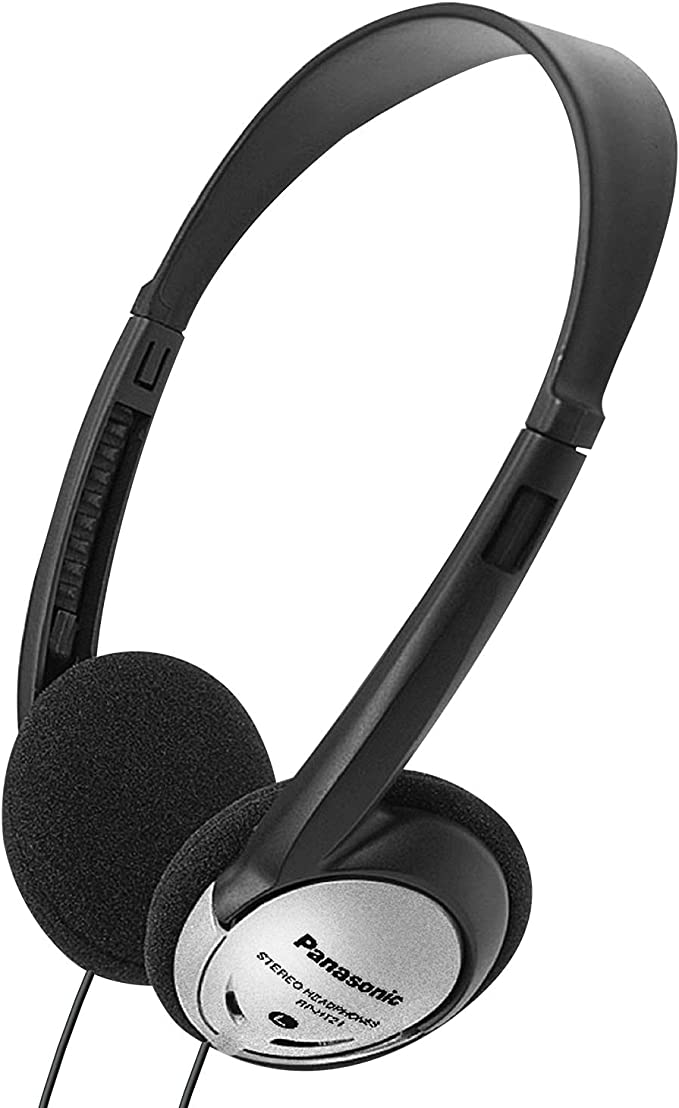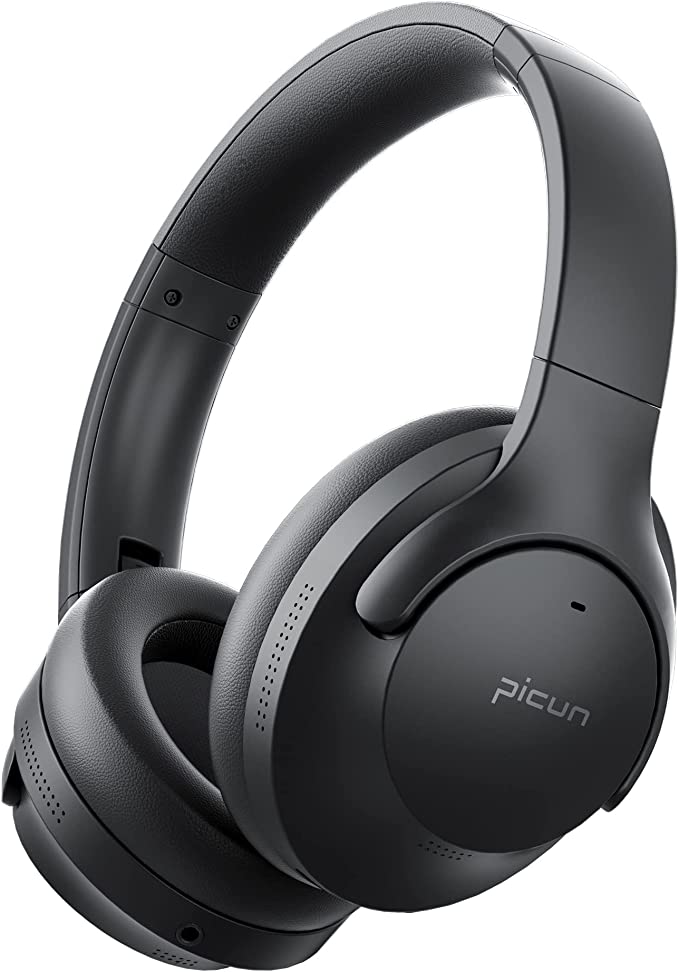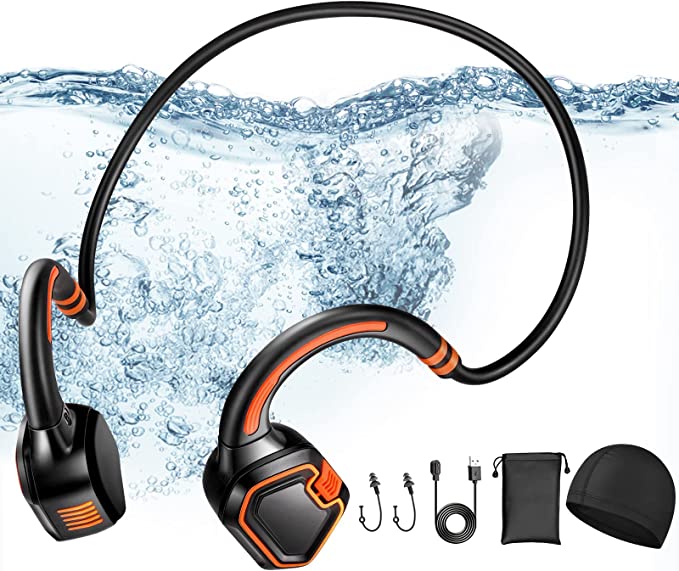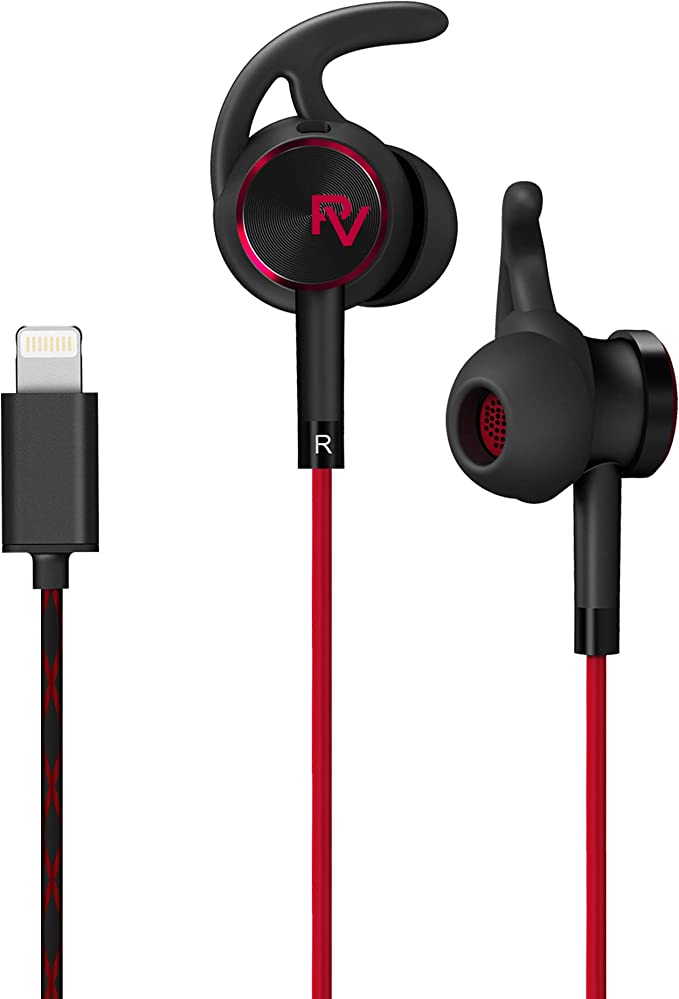Beyond Traditional Earbuds: Discover Bone Conduction with the Xmenha J01
Update on Feb. 17, 2025, 10:08 a.m.
A Symphony Through Your Skull: Beethoven’s Discovery
Imagine Ludwig van Beethoven, the musical genius, grappling with increasing deafness. Frustrated but undeterred, he discovered a remarkable workaround: he bit down on a rod attached to his piano, feeling the vibrations of the music through his jawbone. This, in essence, was an early – and rather dramatic – demonstration of bone conduction. While Beethoven’s method was rudimentary, it highlighted a fundamental truth about sound: it’s all about vibration.

The Problem with Traditional Earbuds: Are Your Ears Tired?
Fast forward to today, and we’re surrounded by audio. We listen to music, podcasts, and audiobooks on our commutes, during workouts, and even while working. But traditional earbuds, while convenient, can present some problems. That constant pressure in your ear canal? The feeling of isolation from the world around you? The nagging worry about missing important sounds, like a car horn or a colleague’s question? These are all common complaints. And, prolonged exposure to loud sounds through earbuds can, unfortunately, contribute to hearing damage.
What is Bone Conduction, Really?
Bone conduction offers a different approach. Instead of sending sound waves through the air and into your ear canal, bone conduction technology transmits sound vibrations through the bones of your skull directly to your inner ear (the cochlea). It bypasses your eardrum entirely. Think of it like a shortcut to your auditory system.

A Journey Through Your Ear: The Science of Hearing
To understand bone conduction, let’s take a quick tour of your ear. The outer ear (the part you can see) collects sound waves. These waves travel through the ear canal and vibrate the eardrum. The eardrum, in turn, vibrates three tiny bones in the middle ear: the malleus, incus, and stapes (also known as the hammer, anvil, and stirrup). These bones amplify the vibrations and transmit them to the inner ear, specifically the cochlea.
The cochlea is a snail-shaped, fluid-filled structure lined with thousands of tiny hair cells. These hair cells are sensitive to different frequencies of vibration. When the vibrations reach the cochlea, they cause the fluid to move, which in turn bends the hair cells. This bending creates electrical signals that are sent to the brain via the auditory nerve, and your brain interprets these signals as sound.
(Imagine a simplified diagram here: Outer Ear -> Ear Canal -> Eardrum -> Middle Ear Bones (Hammer, Anvil, Stirrup) -> Cochlea (Inner Ear) -> Auditory Nerve -> Brain)
Vibrations That Become Sound: How Bone Conduction Works
With bone conduction, the vibrations bypass the outer and middle ear. Instead, a transducer (a small device that converts electrical signals into vibrations) rests against your cheekbones, typically just in front of your ears. This transducer vibrates, and these vibrations travel through your skull bones directly to the cochlea, stimulating the hair cells and producing sound.

Different Flavors of Bone Conduction: Types of Transducers
There are a few diffrent way to achieve bone conduction.There are variations in how those vibrations are created. Some devices use piezoelectric transducers, which generate vibrations when an electric current is applied. Others use moving coil transducers, which are similar to the technology found in traditional speakers, but miniaturized and adapted for bone conduction.While these technical details are fascinating, the core principle remains the same. We do not have the information of what method the Xmenha J01’s employ, so, for now, we will leave it at this.
The Xmenha J01: Open-Ear Listening, Reimagined
The Xmenha J01 open-ear headphones are a prime example of modern bone conduction technology. They offer a unique listening experience that addresses many of the drawbacks of traditional earbuds. Let’s explore some of its key features.
Stay safe and aware: One of the biggest advantages.
The defining feature of the Xmenha J01 is its open-ear design. Because your ear canals remain completely unobstructed, you can hear your music and the world around you. This is invaluable for:
- Outdoor Activities: Whether you’re running, cycling, or hiking, you’ll be aware of traffic, other people, and potential hazards.
- Commuting: Hear important announcements on public transportation or be aware of your surroundings while walking.
- Workplace: Listen to music or podcasts without feeling isolated from your colleagues.
- Home Use: Enjoy audio, while also being able to hear your surroundings.
This “situational awareness” is a game-changer for safety and convenience.

Light and comfortable: You might forget they’re there.
The Xmenha J01 headphones are designed for all-day comfort. They’re made with soft, skin-friendly silicone and feature an ear-clip design that keeps them securely in place, even during vigorous activity. The provided specifications list conflicting information with one place mentioning a weight of 0.5 OZ, and another listing 2.87 Oz. The lighter weight most likely refers to that of a single earbud. The heavier to the whole package.Regardless, these are lightweight, and built for all-day comfort.
Seamless connection: Bluetooth 5.3 for stable audio.
The J01 utilizes the latest Bluetooth 5.3 technology. This provides several advantages over older Bluetooth versions:
- More Stable Connection: Reduced dropouts and interference, ensuring a consistent listening experience.
- Faster Transmission Speed: Quicker pairing and lower latency (the delay between the audio source and the headphones). This is particularly important for video calls and watching videos.
- Lower Power Consumption: Improved energy efficiency, contributing to longer battery life.
- Clear calls:The dual-microphone system, with environmental noise reduction, helps isolate your voice, providing good call quality.
Long-lasting enjoyment: Power through your day.
The Xmenha J01 offers up to 5 hours of continuous playback on a single charge. The included charging case provides an additional 20 hours of listening time, for a total of 25 hours. The headphones also have a standby time of 280 hours. This means you can go for extended periods without worrying about running out of power.
Beyond Music: The Wider World of Bone Conduction
Bone conduction technology isn’t limited to headphones. It has a range of other applications, including:
- Hearing Aids: For individuals with certain types of hearing loss, bone conduction can provide a way to bypass damaged parts of the outer or middle ear.
- Military Communication: Bone conduction headsets allow soldiers to hear radio communications while maintaining situational awareness.
- Underwater Communication: Because sound travels differently through water, bone conduction can be used for communication between divers.

The Future is Open: What’s Next for Bone Conduction?
Bone conduction technology is constantly evolving. We can expect to see improvements in:
- Sound Quality: Ongoing research is focused on enhancing the bass response and overall fidelity of bone conduction audio.
- Miniaturization: Transducers are becoming smaller and more efficient, leading to even more comfortable and discreet designs.
- Integration with Other Technologies: Bone conduction could be combined with augmented reality (AR) or virtual reality (VR) to create immersive experiences.
- Personalized Audio: Future bone conduction devices may be able to tailor the sound to an individual’s unique bone structure and hearing profile.
Weighing the Pros and Cons: Is Bone Conduction Right for You?
Like any technology, bone conduction has its advantages and disadvantages:
Pros:
- Situational Awareness: Hear your surroundings while listening to audio.
- Comfort: No pressure or blockage in the ear canal.
- Hygiene: Nothing enters the ear canal.
- Potential Hearing Health Benefits: May reduce the risk of noise-induced hearing loss compared to traditional earbuds (when used at safe volumes).
Cons:
- Sound Quality: Generally, the bass response and overall fidelity are not as good as high-end in-ear headphones.
- Sound Leakage: At higher volumes, some sound may be audible to people nearby.
- Fit: Finding the optimal placement on the cheekbones can take some adjustment.
Embracing a New Way to Listen
Bone conduction technology, as exemplified by the Xmenha J01, offers a compelling alternative to traditional audio. It’s not about replacing in-ear headphones entirely, but rather providing a different – and in many situations, superior – way to experience sound. It’s about staying connected to the world while enjoying your favorite audio content. It’s about prioritizing safety and comfort without sacrificing the joy of listening.
